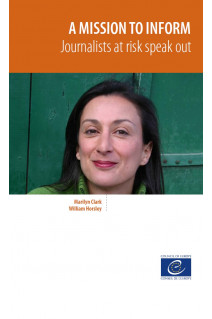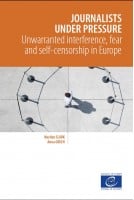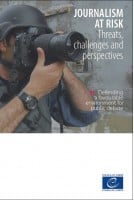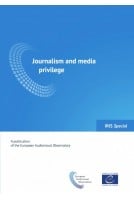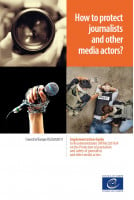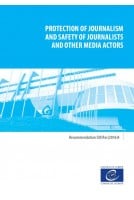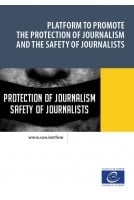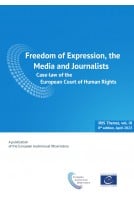Foreword Executive summary Authors and Acknowledgements
Authors
Acknowledgements
Glossary of terms Abbreviations Introduction
Media freedom in Europe – a worsening climate for freedom of speech
Seeking a deeper understanding: rationale and research agenda
Methodology
Data collection strategy
Biographies of the interviewees
References
Chapter I – Narratives of intimidation
The general picture
Physical violence and coercion
Psychological pressure
Police intimidation, legal harassment and judicial practices against journalists
Economic interference
Conclusion
References
Chapter II – A chilling effect: the consequences of a hostile environment
A “climate of fear”
Psychological impact of intimidation
A personal price to pay
Self-censorship or resistance?
Journalism as vocation: where would we be without the fourth estate?
References
Chapter III – The impact of context
Introduction
Legal environment
Political environment
Economic environment: media ownership, financial pressures and precarity
Cultural factors: the context of gender discrimination
Conclusion
References
Chapter IV – Resilience in the context of journalism
Introduction
Facilitating factors of resilience among journalists
Mitigating the risk
Psychological harm – coping strategies
Motivation and identity
Conclusion
References
Chapter V – Urgent and resolute responses: the way ahead
Introduction
Enhancing protection against violent attacks
Ending verbal threats, insults and smear campaigns
Addressing gender-specific and other identity-related threats
Improving legislation
Reporting mechanisms
Prosecution and impunity
Education, training and awareness raising
Ensuring media independence
The media’s role in securing journalists’ safety, professionalism and well-being
Promoting and supporting investigative journalism
Journalists at risk speak out: who will listen?
References
Appendices
Appendix A: List of interviews (ordered by date)
Appendix B: Interview guide
Appendix C: Debriefing form
